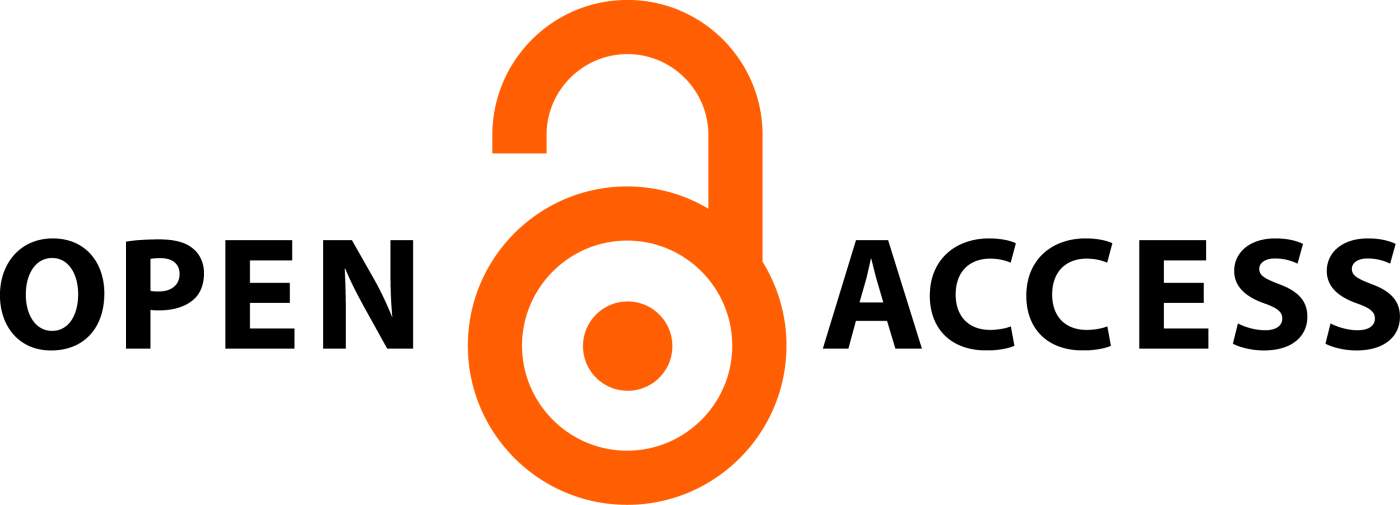EMERGING ANTI-INFLAMMATORY POTENTIALS OF SOME NOVEL SCHIFF’S BASE DERIVATIVES OF 3, 4- DIOXYMETHYLENE ACETOPHENONE
Abstract
Inflammation represents a physical challenge to the human by offering acute pain, edema, redness, and bodily discomfort. The
area of drug discovery is a continuous process for designing and fabricating better non-steroidal anti-inflammation drugs (NSAIDs). However,
they suffer from abundant side-effects such as bleeding in GIT, stomach pain, heartburn, etc. Objective: Based on the path of new drug
discovery, the present investigation aimed at exploration of anti-inflammatory potential of two Schiff’s base containing 3, 4-dioxymethylene
based compounds. Materials and Methods: (Z)-4-(2-aminoethyl)-N-(1-(benzo[d][1,3]dioxol-5-yl)ethylidene)aniline (3) (at 100 mg/kg b.w.) and
(Z)-N-(1-(benzo[d][1,3]dioxol-5-yl)ethylidene)-4-(2-(methylamino)ethyl)aniline (5) (at 100 mg/kg b.w.) were screened for edema reducing
potentials using carrageenan-induced paw edema method with comparison to the standard drug indomethacin (at 10 mg/kg b.w.). Results and
Discussion: The molecule (3) exhibited % edema reduction of 14.88%, 27.64%, and 38.24%, respectively at 1 hr, 2 hr, and 3 hr. The compound
(5) demonstrated % edema reduction of 20.53%, 31.49%, and 44.13%, respectively at first hr, second hr, and third hr. The synthesized Schiff’s
base molecules expressed noteworthy activity as compared to indomethacin (standard drug). Conclusion: The present research represented the
importance of Schiff’s base containing 3,4-dioxymethylene hybrid compounds and will open new avenues in pharmacotherapeutics. The study
will also motivate the researchers across the globe in developing still better molecules with better therapeutic index.
Downloads
All the articles published in JAPSR are distributed under a creative commons license (CC BY-NC-SA 4.0)
Under this license, you are free to:
- Share- copy and redistribute the material in any medium or format for any purpose, even commercially.
- Adapt- remix, transform, and build upon the material for any purpose, even commercially.
The licensor cannot revoke these freedoms as long as you follow the license terms.
- Attribution — You must give appropriate credit , provide a link to the license, and indicate if changes were made . You may do so in any reasonable manner, but not in any way that suggests the licensor endorses you or your use.
- NonCommercial — You may not use the material for commercial purposes .
- ShareAlike — If you remix, transform, or build upon the material, you must distribute your contributions under the same license as the original.
- No additional restrictions — You may not apply legal terms or technological measures that legally restrict others from doing anything the license permits.
Copyright policy
The journal allows the author(s) to hold the copyright of their work. That means the authors do not need to transfer the copyright of their work to the journal. However, the authors grant JAPSR a license to publish the article and identify itself as the original publisher.
Licensing policy
The journal allows the author(s) to hold the copyright of their work. That means the authors do not need to transfer the copyright of their work to the journal. However, the authors grant JAPSR a license to publish the article and identify itself as the original publisher.






